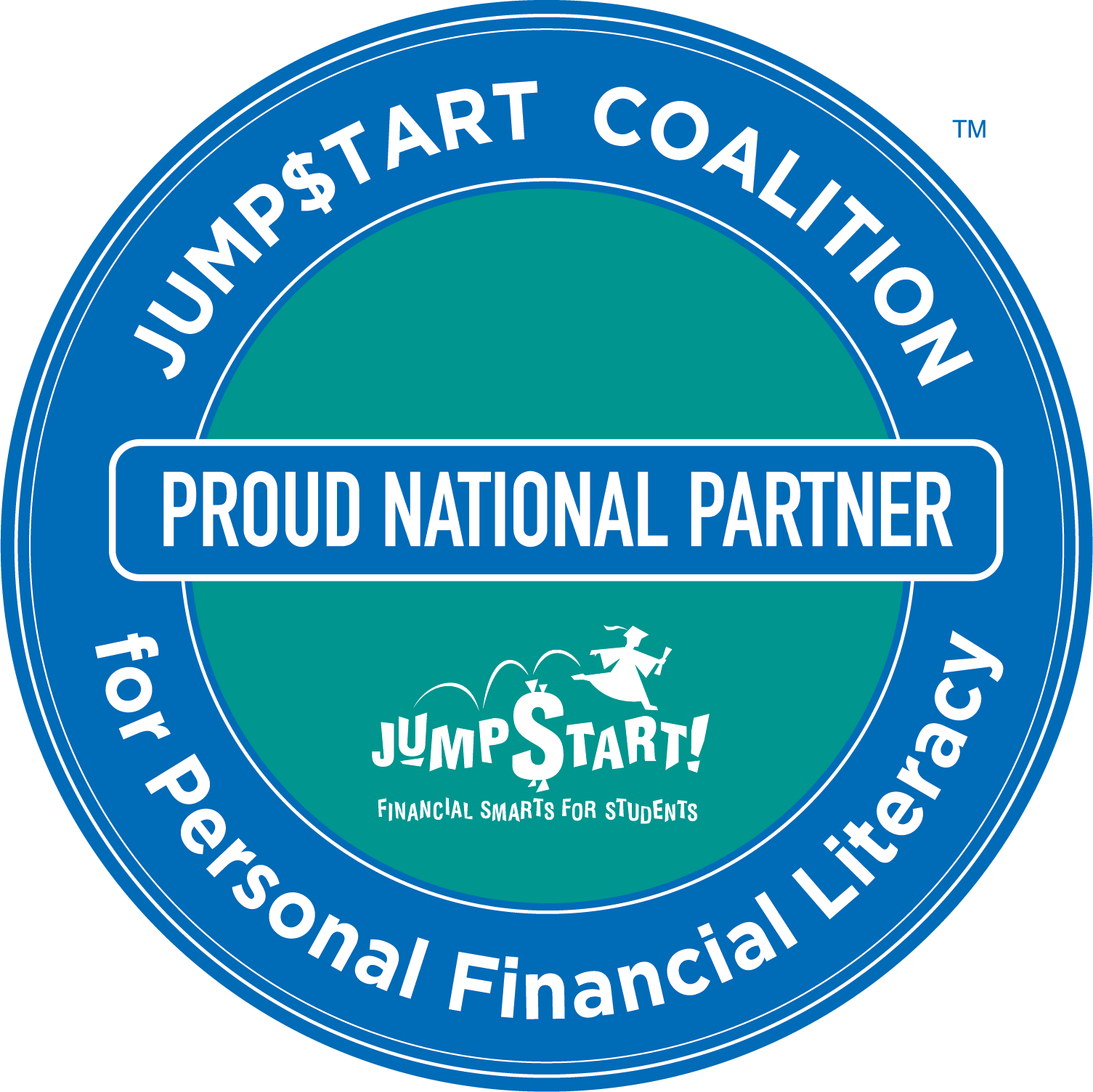We could all use a few more money tactics and strategies in our back pockets, right? While not everything is going to work for everybody, it can be helpful to have some ideas to draw from when trying to figure out how to tackle specific financial objectives.
Like paying down debt.
One of the most popular and effective strategies for paying down debt? The “snowball” method, or “snowball” approach. While it actually has nothing to do with snow or balls, this tactic has proven effective for many people when trying to get out of debt.
The Snowball Tactic in Action
The snowball tactic is pretty simple. It first involves taking a wide-ranging look at your debt balances — be they credit card balances, auto loans, student loans, etc. — and then making a plan of approach for paying them off. Specifically, the snowball approach involves looking at which debts are the smallest and paying those off first.
This, evidently, has some sort of psychological effect: You start paying down or off certain debts, and you feel like you have some momentum. You’re able to cherish small victories, and to try and keep the momentum going by targeting your bigger debt balances — your debt payoff “snowballs,” in other words.
This comes in contrast to some other strategies, such as the “avalanche” method, which involves paying off the debts with the highest effective interest rates first. That may end up saving you more money in the long run, but it may not give certain people the feeling that they’re building momentum.
There’s a lot of psychology at play when it comes to our finances, and this is one potential way to hack it and use it to our advantage.
How to Use the Snowball Tactic
Let’s take a look at how the snowball tactic or snowball approach to paying off debt may work in the real world. Let’s consider a fictional fellow, Chad, who has the following debt balances:
- Credit card 1: $50
- Credit card 2: $250
- Credit card 3: $100
- Auto loan: $5,000
- Student loan 1: $3,000
- Student loan 2: $12,000
Using the snowball approach, Chad would pay off his debt in the following order — while making sure that he’s at least making minimum payments on all of his other debts, of course:
- Credit card 1: $50
- Credit card 2: $100
- Credit card 3: $250
- Student loan 1: $3,000
- Auto loan: $5,000
- Student loan 2: $12,000
If Chad can manage to pay off those credit card balances within a few months, he’d be looking at only three outstanding debt balances, rather than six. That would probably put some wind in his sails, and he’d have some momentum to keep chipping away at the larger debts. That’s the whole idea!
Again, the snowball approach won’t work for everyone, but many people swear by it. Ultimately, the best approach to paying down debt is, well, whatever works best for you!
Check out the Money Vehicle textbook — you can find it here on Amazon. And if you like what you see, you can get more content sent directly to your inbox! Sign up for the Money Vehicle Movement Newsletter!
And check out our white paper: “Strategies for Increasing Financial Literacy Rates Among High School and College Students”
More from Money Vehicle:









